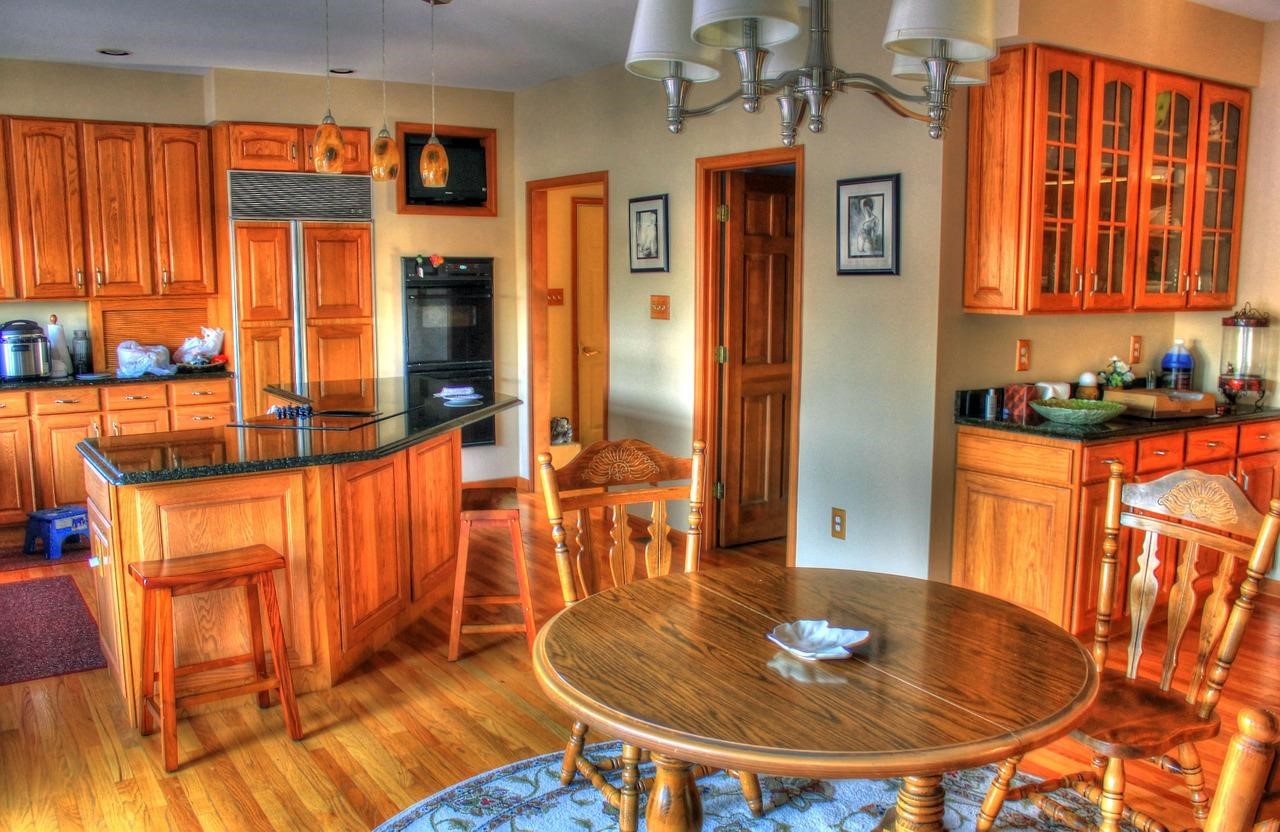Kitchen countertops or benchtops serve as important areas for cooking and meal preparation tasks. Whether you are redecorating a house, redoing your decor for a fresher appearance or just replacing a worn work surface, here are some tips for choosing new kitchen benchtops.
Let’s consider some different types of benchtops and their qualities for kitchen duty.
Kitchen work surfaces can be made of rock such as marble, granite or slate for a premium appearance, durability and easy of cleaning. Stone surfaces are proof against hot pots and pans, sharp or ragged edges and moisture. However, they can be susceptible to surface damage from acid or other strong chemicals if those are not removed swiftly. Stone slabs are heavy and can crack during transport. They are high-priced for luxury style decors.
Solid wood with an oil finish is another natural material which can be easily cut to length, is easy to repair, refinish and change and displays the natural beauty of the wood grain. They can be more affordable than stone surfaces but are susceptible to damage from strong chemicals and too much moisture. Protect your wood countertops from heat and sharp edges by using trivets and cutting boards. They will also need a diffusion barrier when used over a dishwasher, and they will not be suitable in a wet room. Their natural beauty is suitable for warm, inviting kitchens.
Let’s consider some more affordable benchtops. The laminated benchtops are among the most affordable types available, made of particleboard, with high-pressure melamine laminate and sometimes foil. They are easy to transport and to cut to length. Laminated benchtops are very durable and easy to maintain; with proper usage and care, they will stay like new for many years. Protect laminated surfaces against direct cutting, scraping, harsh chemicals or heat. Use a cutting board rather than cutting directly on their surface or pulling any rough edges or ragged surfaces across the benchtop. Metallic scouring pads will also scratch the laminate surface. Laminates are durable against common household cleaners, but not against corrosive chemicals such as descaling cleaners, oven cleaners, chlorine and acetone. Likewise, never place hot pots and pans directly on the surface without a trivet or pot stand. In particular, avoid putting a toaster, coffee maker or any other hot appliance directly over the seam between two worktops: that can damage the seam. Finally, when the laminated benchtops are over a dishwasher, a diffusion barrier must be mounted on the underside of the benchtop to protect against heat and moisture. For these reasons, laminated surfaces are not suitable for wet rooms.
Your overall budget will make a difference in whether you perform the installation yourself or hire a professional installer. Unless you are very skilled, you should probably let professionals install the most expensive materials. It will also make a difference in where you choose to shop for your kitchen benchtops. Home decorating stores or do-it-yourself stores will offer a range of quality from the premium luxury benchtops to the more affordable benchtops, as well as cabinets, sinks appliances and everything else to coordinate your kitchen project.
Enjoy working with your great new benchtops soon!
